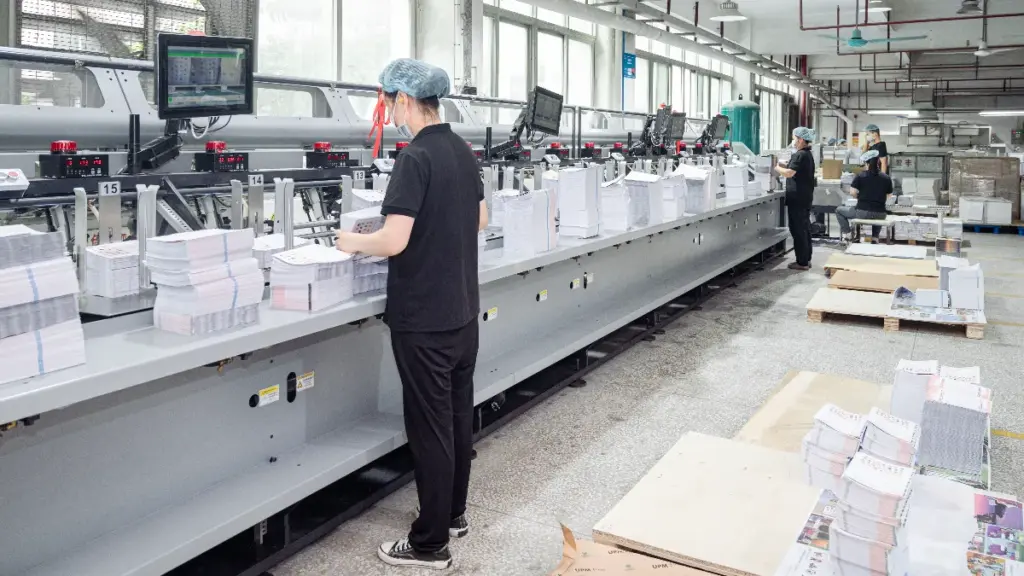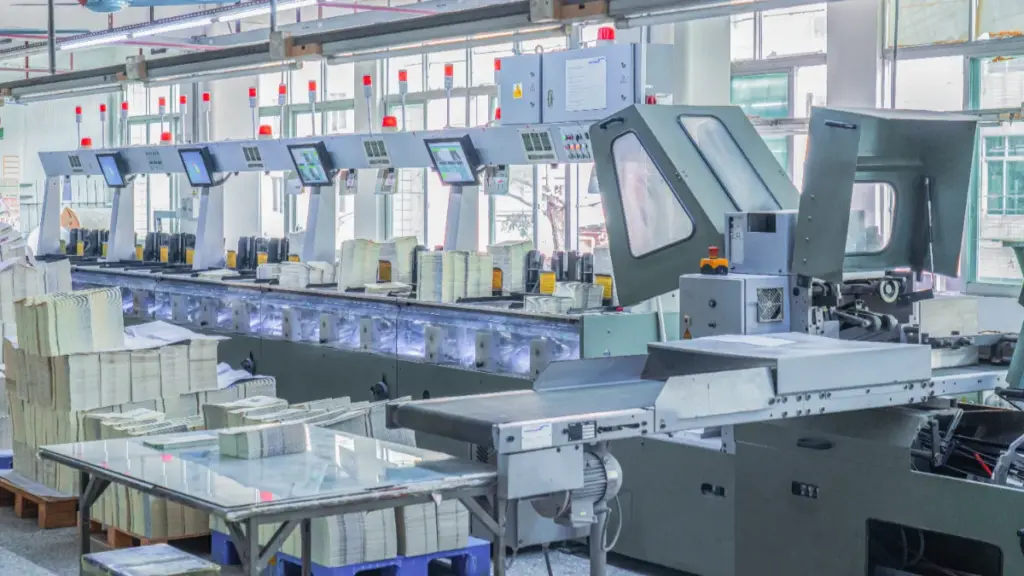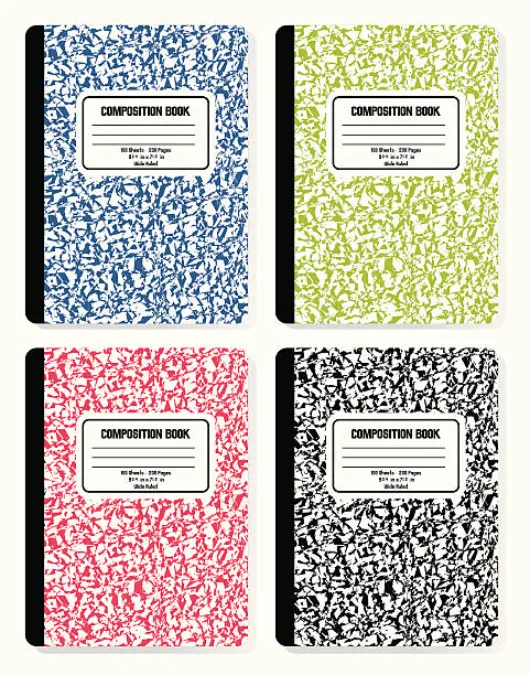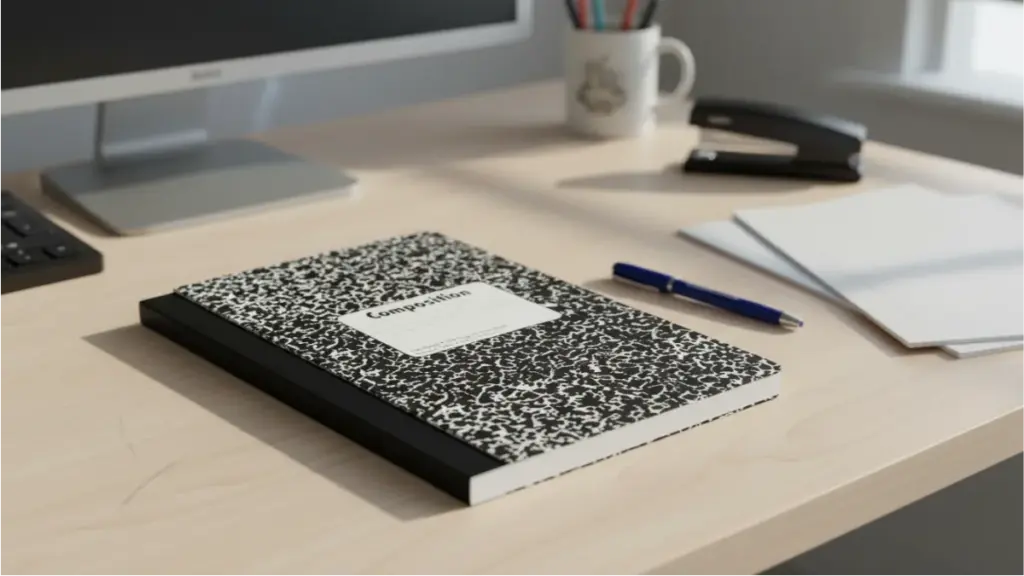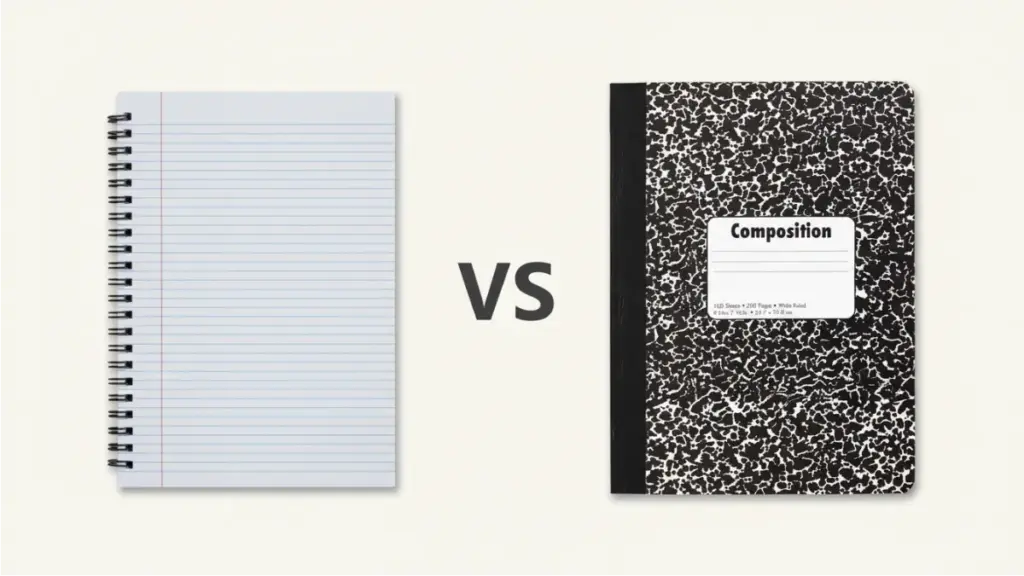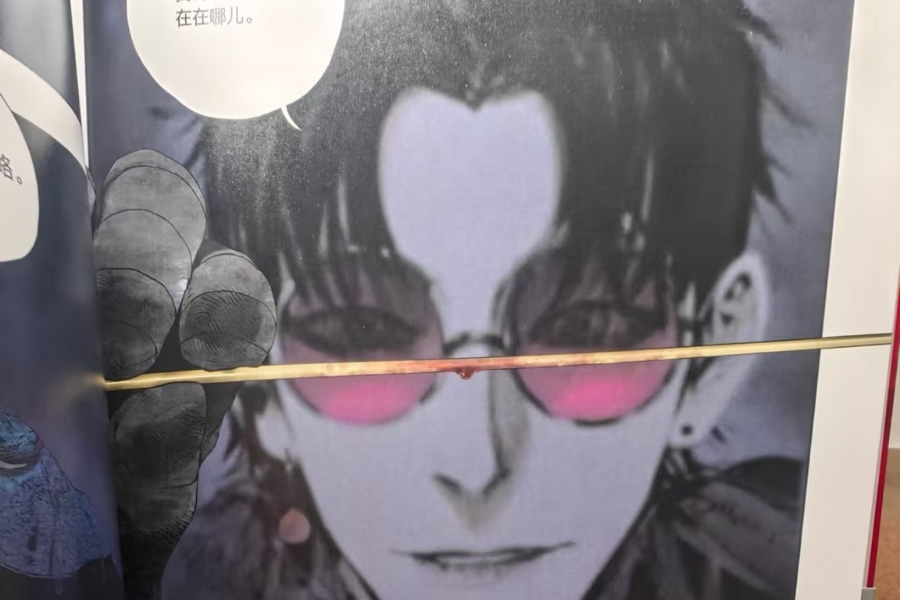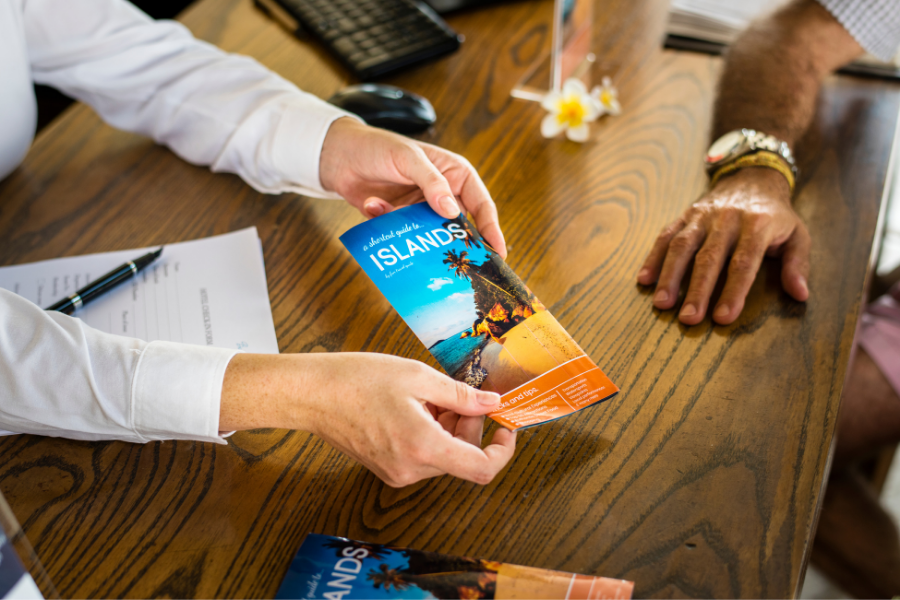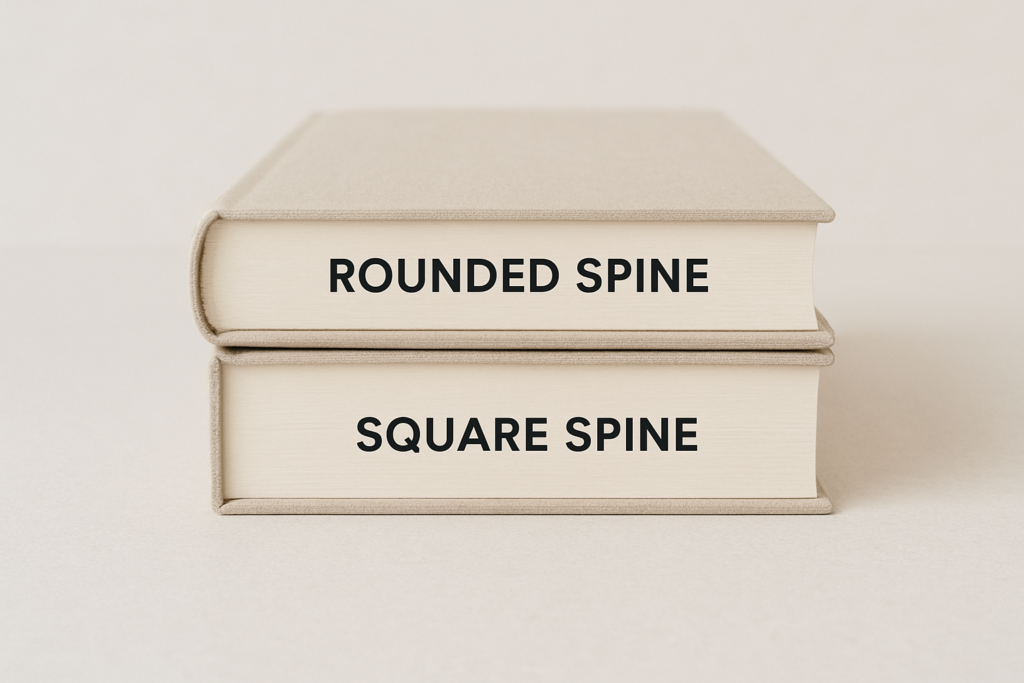From the recent viral sensation “Labubu”, it’s clear that comics today are far more than just books — they’re the seed of an entire cultural and economic ecosystem. What once began as ink on paper has evolved into collectible figures, branded merchandise, licensing deals, and fan-driven communities across the globe.
Welcome to the world of the comic economy — where storytelling meets serious business.
If you’re holding a finished comic book in your hands and wondering, “Could mine be the next Labubu?”, you’re not alone. The good news is: with the right strategy, your comic could go far beyond the bookshelf.
In this guide, we’ll break down how you can turn your printed comic into a powerful brand — from smart packaging to creative marketing and tapping into the thriving world of fandom.
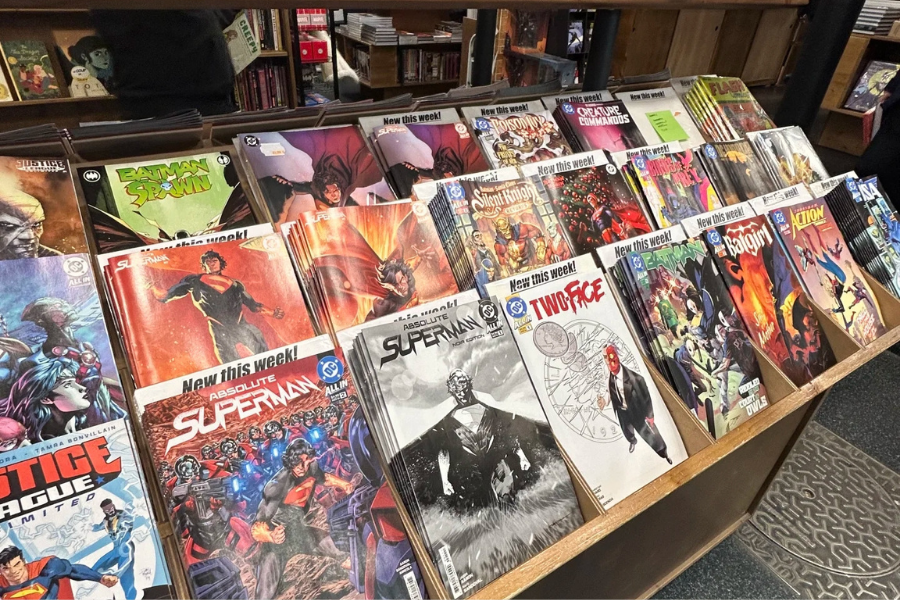
What Are the Popular Comic Book Series?
Before creating your own, it’s important to understand what makes a comic book series successful. Here are some standout examples across genres:
- Marvel’s Spider-Man / X-Men / Avengers – Globally recognized superheroes with deep universes.
- DC Comics’ Batman / Superman / The Sandman – Timeless classics with massive fan bases.
- One Piece (Eiichiro Oda) – The bestselling manga series of all time, known for its storytelling and world-building.
- Attack on Titan (Hajime Isayama) – A gripping story with a strong global fan base and merchandise empire.
- Saga (Brian K. Vaughan & Fiona Staples) – An indie sci-fi/fantasy hit praised for its bold storytelling.
- Invincible (Robert Kirkman) – Known for its mature themes and successful transition to animation.
These titles offer valuable lessons: compelling characters, consistent art style, emotional depth, and strong branding.

How to Create a Comic Book?
Creating your own comic book is an exciting way to bring your stories, characters, and creativity to life. Whether you’re an indie artist or a brand exploring storytelling through visuals, knowing how to choose the right size, paper, color, and binding style is key to making a professional-quality comic.
1. Choose the Right Comic Book Size
Comic book dimensions can vary depending on your region and printing goals, but some common sizes include:
- Standard US Size: 6.625″ x 10.25″ (approx. 168mm x 260mm) — the traditional American comic book format.
- A5 Size: 5.8″ x 8.3″ (148mm x 210mm) — great for manga-style or digest-sized comics.
- Custom Sizes: Want to stand out? Choose a unique size to match your art style or brand identity.
Tip: Stick with standard sizes for easier printing and lower production costs.
2. Select the Right Paper Type
The choice of paper influences both the feel and look of your comic. Here’s what to consider:
Comic Book Paper Options:
| Type | Paper Option | Recommended Weight | Best For |
|---|---|---|---|
| Cover Paper | Glossy Coated | 200–300gsm | Bold, vibrant covers with high color intensity |
| Matte Coated | 250–300gsm | Elegant, subdued finish with less glare | |
| Uncoated or Textured | Varies | Vintage, indie-style comics with natural feel | |
| Interior Pages | Gloss/Matte Coated | 80–130gsm | Full-color illustrations, vibrant visual impact |
| Uncoated | 90–120gsm | Black-and-white or sketch-style comic interiors |
Tip: Always request a paper sample or proof to ensure your illustrations print exactly how you imagined.
3. Consider Binding Style for Your Comic Book
Saddle stitching is usually the go-to choice for comic books—and for good reason. It’s affordable, simple, and perfect for shorter comics (think under 64 pages). In fact, if you’ve flipped through comics at a bookstore, chances are most of them are saddle-stitched. But if your comic is longer, don’t worry—saddle binding might not cut it, but perfect binding (also called glue binding) steps in nicely. It gives your book a clean, professional look and can handle more pages, though it does cost a bit more. Now, if you’re dreaming of something with long-term value—maybe a collectible or a special edition—hardcover binding is the way to go. It gives your comic a solid, premium feel and protects it for years, but keep in mind, it’s the priciest option of the three. In short: saddle stitch for short and sweet, perfect bind for longer stories, and hardcover for when you want to make a lasting impression.
4. Understand Color Difference During Printing
Printing comics isn’t just about drawing cool characters—it’s about making sure those colors and lines look just as good on paper as they do on your screen. First rule? Always use CMYK instead of RGB. Why? Because screens use light (RGB), but printers use ink (CMYK). If you forget to switch, your colors might look totally different when printed—think dull greens and sad blues. Want clean text and outlines? Use pure black (C:0 M:0 Y:0 K:100). Want deep, rich backgrounds? Go for rich black (C:50 M:50 Y:50 K:100)—it’ll look way better. Also, make sure your file is 300 DPI, and always add a 3mm bleed around your pages so nothing important gets trimmed off. Don’t let the total ink coverage go over 240%, or the ink might smudge and mess things up. One more tip: when you convert to CMYK, some colors might look a bit dull—boost the saturation by about 10% to bring the life back.
Got questions about color setup? Feel free to contact us—we’re happy to help make your comic shine!
Where to Print Comic Books?
If you already have your comic book planned out in your head (or sketched out on paper), the next smart move is to get a printed sample. A physical proof lets you check how everything actually looks and feels before committing to a full order—and trust us, it’s worth it. But where should you print? Start by thinking about how many copies you need. If you’re just starting out, keeping your first run under 300 copies is a safe, cost-effective choice. Look for a printing company that helps guide you based on your budget and quantity. And whatever you do, don’t skip the proofing step. It’s the best way to catch any issues before they turn into expensive mistakes.
Whether you go with a local printer or look overseas, choose one that offers low-cost proofing and good communication. Once your design is finalized, you can compare prices and quality between local and international options. For larger print runs or if you’re a publisher looking to create high-volume titles or branded merchandise, printing overseas—especially in countries like China, Vietnam, or across Southeast Asia—can give you the best value.

Where to Sell Comic Books Online?
Think your comic book has to be 100% finished and printed before you can start selling it? Actually, not at all. For indie creators and small publishers, pre-sales are a smart move. Pre-selling helps you gauge interest and predict how many copies you can realistically sell—before investing heavily in printing. So where should you launch your pre-sale? If you’ve got your own website, that’s ideal! Having full control over your sales and audience is always a win. But don’t worry if you’re just starting out. Platforms like Amazon, Etsy, and TikTok are also great places to begin. Amazon gives you access to a massive customer base (and even offers third-party fulfillment services), though competition can be tough. Etsy is perfect if your comic leans more artistic or limited-edition—it’s a marketplace that supports indie creators, though you’ll need to handle most of the operations yourself. TikTok? It’s the most viral and fun platform right now. If you’re comfortable shooting short videos and connecting with fans, it can give your comic serious exposure in no time.
Whether you’re publishing your very first comic book or preparing the next big indie hit, printing matters just as much as the story you tell. At [Your Company Name], we specialize in high-quality custom comic book printing — from short-run saddle-stitched issues to perfect-bound graphic novels and collector’s hardcovers.
Flexible sizes, vibrant full-color printing, low minimums — all tailored to bring your vision to life.












